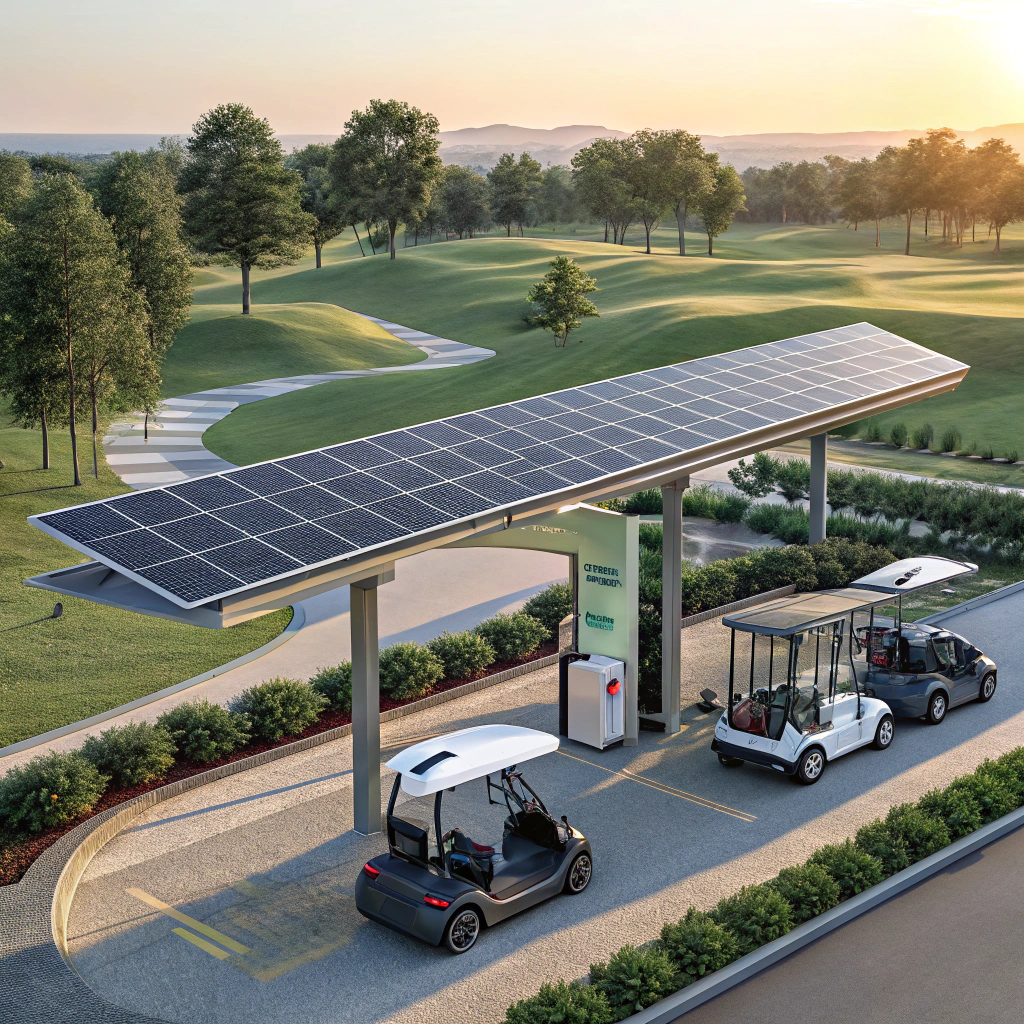Solar Shade Structures: Diversified Applications from Energy Conservation to Value Addition
by
Solar Shade Structures: Diversified Applications from Energy Conservation to Value Addition
Have you ever imagined shading structures that not only protect but also generate power?
Solar shade structures[^1] combine sun protection with renewable energy generation, offering dual benefits of comfort and sustainability while reducing electricity costs and carbon footprints.

These innovative structures are transforming how we think about urban spaces, car parks, and public areas. But how exactly do they work, and what makes them so valuable? Let’s explore their multifaceted advantages.
Integration of Shading and Power Generation: Combining Architectural Aesthetics and Functionality
What if your building’s shade could pay for itself over time?
Solar shade structures[^1] merge practical shading with photovoltaic technology, creating visually appealing installations that generate clean energy while enhancing architectural design.
How Solar Shades Work
Solar shade structures[^1] integrate photovoltaic panels into their canopy design. Unlike traditional rooftop solar, these systems serve a dual purpose:
- Energy Production[^2]: Converts sunlight into electricity.
- Shade Provision: Reduces heat buildup in covered areas.
Architectural Benefits[^3]
- Aesthetic Flexibility: Available in various designs (cantilevered, pergola-style, etc.).
- Space Optimization: Ideal for areas where rooftop solar isn’t feasible (e.g., parking lots).
| Feature | Benefit |
|---|---|
| Bifacial Panels | Higher efficiency by capturing reflected light |
| Modular Design | Easy expansion as energy needs grow |
Financial Incentives[^4]
Many regions offer tax credits or rebates for solar installations, improving ROI.
Advantages of Application in Car Parks, Communities, and Public Facilities
Could solar shades be the future of smart cities?
Solar shade structures[^1] in parking lots, residential areas, and public spaces reduce energy costs, enhance user comfort, and contribute to urban sustainability goals.
Key Applications
- Car Parks:
- Provides shade for vehicles while powering EV charging stations.
- Reduces "heat island" effect in urban areas.
- Residential Communities:
- Covers pools, patios, or communal gathering spots.
- Public Facilities:
- Powers streetlights, signage, or nearby buildings.
Environmental Impact[^5]
- Carbon Reduction: A single solar carport can offset ~5 tons of CO₂ annually.
- Stormwater Management: Some designs incorporate rainwater harvesting.
Return on Investment Analysis[^6]: Costs and Benefits of Solar Shade Structures
Is investing in solar shades financially viable?
Solar shade structures[^1] typically pay for themselves in 5–8 years through energy savings and incentives, with decades of residual benefits.
Cost Breakdown
| Component | Approx. Cost (per kW) |
|---|---|
| Structure | $1,000–$2,000 |
| Solar Panels | $800–$1,200 |
| Installation | $500–$1,000 |
Long-Term Benefits
- Energy Savings: Offsets grid electricity costs.
- Property Value: Increases appeal for eco-conscious buyers.
- Low Maintenance: Minimal upkeep compared to traditional roofing.
Case Study
A 50 kW solar carport:
- Upfront Cost: ~$150,000
- Annual Savings: $20,000+ (with net metering)
- Payback Period: 7.5 years
Conclusion
Solar shade structures[^1] offer a smart fusion of sustainability, functionality, and financial returns, making them a forward-thinking choice for modern infrastructure.
[^1]: Explore how solar shade structures can enhance energy efficiency and aesthetics in urban design.
[^2]: Learn about the innovative technology behind energy production in solar shade structures.
[^3]: Discover how solar shade structures can improve the design and functionality of buildings.
[^4]: Find out about tax credits and rebates that can make solar shade installations more affordable.
[^5]: Understand how solar shade structures contribute to sustainability and carbon reduction.
[^6]: Get insights into the financial viability and long-term benefits of investing in solar shade structures.
Popular Posts
You may also be interested in:



